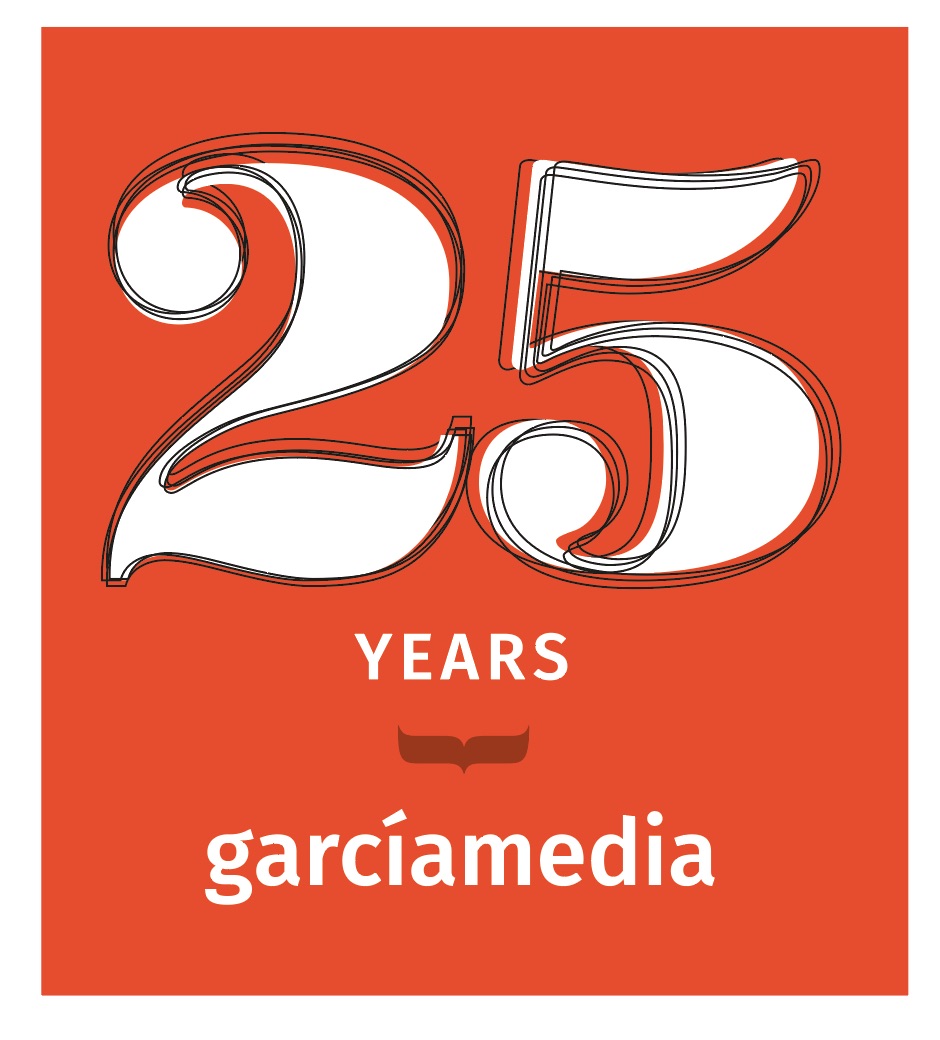This is the weekend edition of TheMarioBlog and will be updated as needed. The next blog post is Monday, Dec. 4.
If there is one article you want to read this weekend, it is The Atlantic’s How to Survive the Media Apocalypse, by Derek Thompson, a senior editor who writes about economics, labor markets, and the media.
I will let you decide if there is too much gloom in the Thompson piece (“….2017 has been a uniquely miserable year in the media business”), but I agree with most of it, and call attention to a couple of important pronouncements that all of us should be aware of as we plan our work goals for 2018:
1. In 2016, 90 percent of websites reported that unique visitors on mobile devices had eclipsed desktop; and 90 percent of the growth in digital advertising came from just two companies, Google and Facebook.
2. Facebook and Google’s dominance stems from one of the great arbitrages in media history. Publishers still bear the cost of reporting, analyzing, and, well, publishing the news. Facebook and Google cinch the bloated web into the straitjacket of vertical content known as results pages and feeds. In the process, they collect unparalleled information about the interests and aspirations of their users and profit from their roles as digital gatekeepers. While some have compared Facebook and Google to cable companies distributing television shows, one difference is critical: TV distributors pay networks an “affiliate fee” for their entertainment, while Facebook and Google owe no such gratuity for the vast majority of its content. In 2017, Google and Facebook are projected to account for about 61 percent combined of the U.S. digital ad market. No other company comes even close.
That last reference to about 61 percent combined of the US digital ad market going to Google and Facebook is significant, as it is one of the most discussed subjects by publishers as they seek ways to attract digital ads to their own products.
The first item, about 90 percent of websites reporting that unique visitors on mobile devices had eclipsed desktop, not a surprise at all. And perhaps it is that fact that will prompt more editors to start thinking seriously and systematically about better storytelling strategies made expressly for mobile devices.
The Trump Factor
The Atlantic’s piece describes President Trump as The Ghost of Christmas Future.
Funny but not funny. The not so funny part is that, as Thompson writes, there is so much of the news cycle devoted to President Trump and his antics and all those Tweets, that ad buyers have had it and do not wish to have their products near any Trump stories. The funny and ironic part is that Trump coverage is also addictive to many news junkies. In fact, fascination with the President and the reality show that he conducts on a daily basis is such that subscription revenue has grown fast at The New Yorker and The Washington Post.
The president is the media equivalent of a toxic herbicide, whose very presence makes the ecosystem uninhabitable for advertisers. It’s created one of the paradoxes of the 2017 news cycle: Readership has increased within one of the least profitable categories of news.
At The New York Times, revenue from digital-only subscriptions jumped 44 percent—or $75 million—in the first nine months of 2017, compared with the same period from last year. That’s three times larger than the $20 million of lost advertising revenue over the same period.
Of related interest
Facebook releases News Feed Publisher Guidelines for news media
Highlight:
A consistent piece of feedback we’ve heard from publishers … is that they would like more insight into how News Feed works, in order to understand best practices for reaching their audiences. In response to this feedback, we are releasing News Feed Publisher Guidelines, which include ‘do’s and don’ts’ to help publishers succeed on our platform,” Adam Mosseri, head of News Feed, wrote in a Facebook Newsroom post
Print and its limitations
The New York Times does not go “banner” and all caps with its headlines often, but it did in today’s edition. Print goes to bed too early which is why the victorious Tax Bill passing did not make it. One of those moments when we realize the handicaps of printed editions. Of course, the Times is telling the tax bill victory story on its digital editions, but it will take 24 hours before that headline makes it into print. I still like the design of this page, so modular and well organized.

Mario’s Speaking Engagements
April 18-19, 2018-–Newscamp ,Augsburg, Germany.

May 26, 2018 —Associacion Riograndense de Imprensa, Univesidad de Santa Cruz (Unisc), Brazil

June 3-6, 2018—The Seminar, San Antonio, Texas.

Our digital transformation workshops

If you would like to find out more about our workshops for digital transformation, email me: mario@garciamedia.com
I will be happy to answer your questions and provide more information. Our workshops are offered in both English and Spanish.

TheMarioBlog post #2741